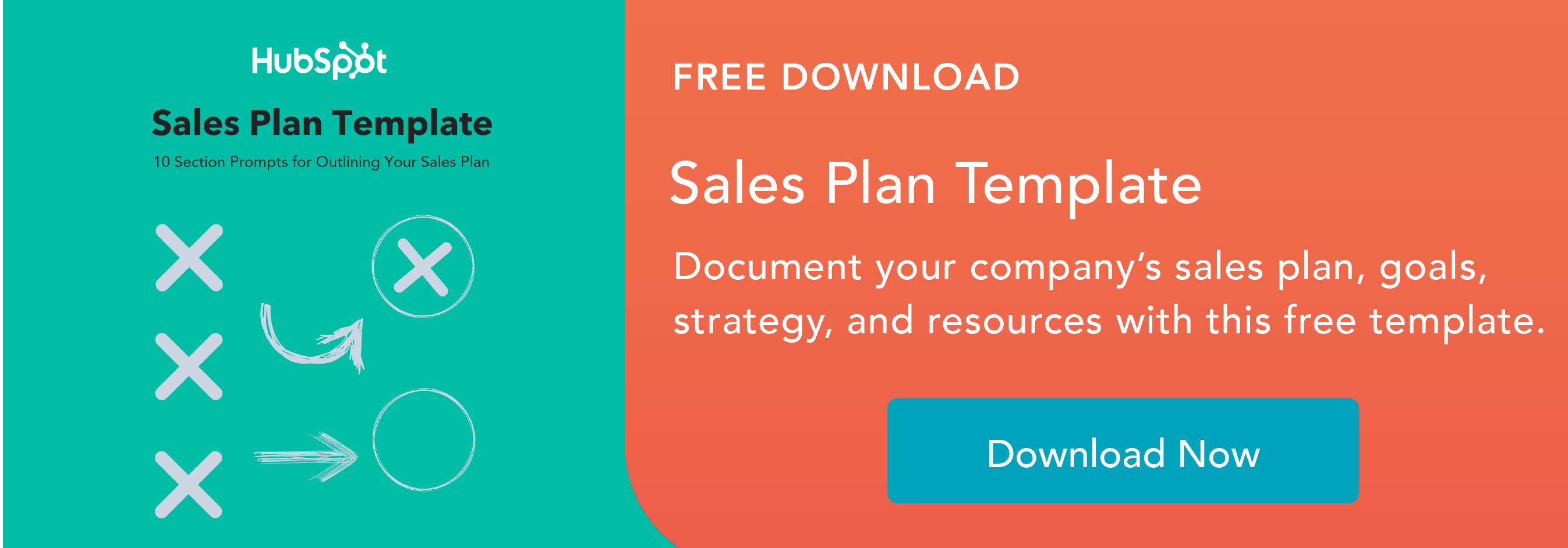Table of Contents
How does enterprise sales differ from SMB and mid-market sales?
8 Critical Differences Between SMB Sales, Mid-market Sales, and Enterprise Sales
Building an Enterprise Sales Strategy
Of all the types of sales, enterprise sales are the most lengthy and complicated. It requires more touch points, much more strategy, and a longer-term plan than mid-market or SMB sales.
That said, just because you have valuable contracts at stake doesn't mean that introducing enterprise sales is necessary. Without a mature product to sell or mature companies to sell to, creating an advanced, elaborate enterprise sales process may not be worth it.
Suppose you are developing an intense, in-depth technical product to save companies tons of money on their manufacturing costs. In that case, that will necessitate an upgrade to your sales process more than if you were a retail company selling a low-priced product such as water bottles.
How Enterprise Sales Differs from SMB and Mid-market Sales

SMB’s are typically defined by the number of employees within a company and the business' revenue. They distinguish small businesses as having fewer than 100 employees or less than $50 million in revenue, and midsize companies as being between 100-999 employees and between $50 million and $1 billion in revenue.
If you are selling to companies with more revenue or employees, you may need an enterprise sales strategy.
That said, here are a few other types of sales that may be useful for you to introduce into your mix, depending on the spread of demographics across your buyers:
Self-service Sales
Self-service sales is one of the best ways to sell a product and keep a low customer acquisition cost (CAC).
Many companies like Dropbox, Facebook, and some retail spaces utilize self-service sales. It incorporates strategies like in-context documentation, easy-to-use pricing pages, and chatbots integrated into the website. Self-service is a high-volume sales strategy as customers can move through the process quickly.
With self-service, your potential customers go through decision-making, testing, and paying for the product at their own pace. It is excellent for low-cost products that don't require a lot of technical set-up or knowledge to use. It's also a great addition to your sales mix on top of a mid-market or enterprise sales strategy, as it doesn't require any additional salespeople to run after setup.
SMB and Mid-market Transactional Sales
SMB and mid-market transactional sales make it easy for your sales team to meet the needs of a range of buyer personas. You can customize the number of contacts and what steps of the process to include based on your contract's value or the type of product you are selling.
Typically, these types of transactional sales strategies will come at a higher price point than those going through your self-service process and will also be a longer sales cycle. As part of this strategy, your marketing team drives qualified leads to your sales team, who then engages with them and closes the deal.
8 Critical Differences Between SMB Sales, Mid-market Sales, and Enterprise Sales
There are several key differences between SMB, mid-market, and enterprise sales strategies.
1. Length of Time
The length of time spent on the sales process is usually longer the more valuable the deal is. The customer dictates self-service sales cycle lengths, transactional sales are slightly longer and more complex, and enterprise sales cycles can be many months to a year in the making.
2. Ease of Purchase
While the customer can likely purchase by themselves for both self-service and SMB/mid-market sales, a purchase order is typically required for enterprise-level deals.
3. Number of Decision Makers
The larger the deal, the more decision makers will come into play as it gets closer to close.
4. Level of Impulsivity
At the more negligible levels, purchasing decisions can be impulsive and quick as the price point is usually lower. At enterprise levels, there is more deliberation.
5. Pain Points
At self-service, SMB, and mid-market sales levels, the customer's pain is around the business's immediate needs or an individual's. At the enterprise level, much of the pain is around the company's potential needs in the years to come.
6. Finding Leads
Finding leads is more of a farming process than a hunting process at the enterprise level. Sales reps find a strategic, ideal account and spend lots of time grooming them for purchase. The strategy is different in lower-tier sales cycles, where salespeople discover prospects rather than developing them.
7. Buyer Type
Enterprise salespeople need to know their market deeply. They need to understand the competition and their placement against them, know the account's needs, and align with competitor offerings. SMB and mid-market sales reps have less pressure to understand big-picture implications and just need to focus on the stage of their prospects.
8. CAC to LTV Ratio
At the enterprise level, your customers' lifetime value (LTV) justifies a more resource-intensive process with a higher customer acquisition cost (CAC). With SMBs or mid-market sales, more automation or a less-intensive sales process is important considering the average customer's lower LTV.
Building an Enterprise Sales Strategy
Enterprises present both challenges and opportunities for sales professionals. Here are a few best practices for building a solid enterprise sales strategy:
1. Target the right prospects.
Because enterprise sales cycles are long and complex, you want to focus on prospects that are a good fit.
Start by creating an ideal customer profile (ICP). Your profiles should be as descriptive as possible and supported by research. Touch on important factors like location, revenue, and more. Use your ICP as a reference when determining if a prospect is a good match.
2. Define needs, budget, timeline, and authority.
It's crucial to identify and involve all relevant stakeholders as early as possible. Then, use these conversations to focus on the basics: their needs, their budget, and their timeline. This allows you to build your sales process around these factors.
For example, a company might say closing a deal will take six months. Instead of pushing for a faster timeline, you adjust your approach to include periodic check-ins (over six months) where you agree on the next steps after each conversation.
3. Craft solutions that solve enterprise challenges.
Enterprises have complex and specific pain points that require customized solutions.
Develop your product or service to directly address these challenges, focusing on scalability, flexibility, and integration capabilities. Highlight how your offering delivers tangible business value and ROI. You can do this by utilizing case studies and testimonials from similar clients.
4. Prepare for each step.
Be prepared for multiple stages in the enterprise sales process. Outline each step of the process and identifies potential roadblocks and opportunities. Then, align your plan with the enterprise's timeline, providing the necessary information at each stage to keep the deal moving forward.
Let Your Buyers Drive
The type of prospects you have should ultimately be the most significant driver in which types of sales strategies you consider. With higher-ticket deals and more complex customer groups, an enterprise sales strategy will drive more incoming revenue.
Understand your buyer's needs and fears, and cater to them with a process that makes it easy to see your product as the right choice forward. Your sales strategy mix doesn't need to be all-or-nothing—you can include self-service sales alongside enterprise strategies, as long as you understand the demographics you're trying to meet.
Educate your sales team on the differences between customer types to differentiate your strategy effectively and make sure that everyone feels like the process is custom-fit just for them.
Sales Methodology






![I Learned How Sales Champions Drive Deals Forward — Here’s What You Should Know [+ Recent Data]](https://53.fs1.hubspotusercontent-na1.net/hubfs/53/sales-champion-1-20250110-9355712-1.webp)
![Decoding Buying Signals in Sales [+ Examples & What I Learned]](https://53.fs1.hubspotusercontent-na1.net/hubfs/53/buying-signals-1-20250501-3647992.webp)



-3.webp)
